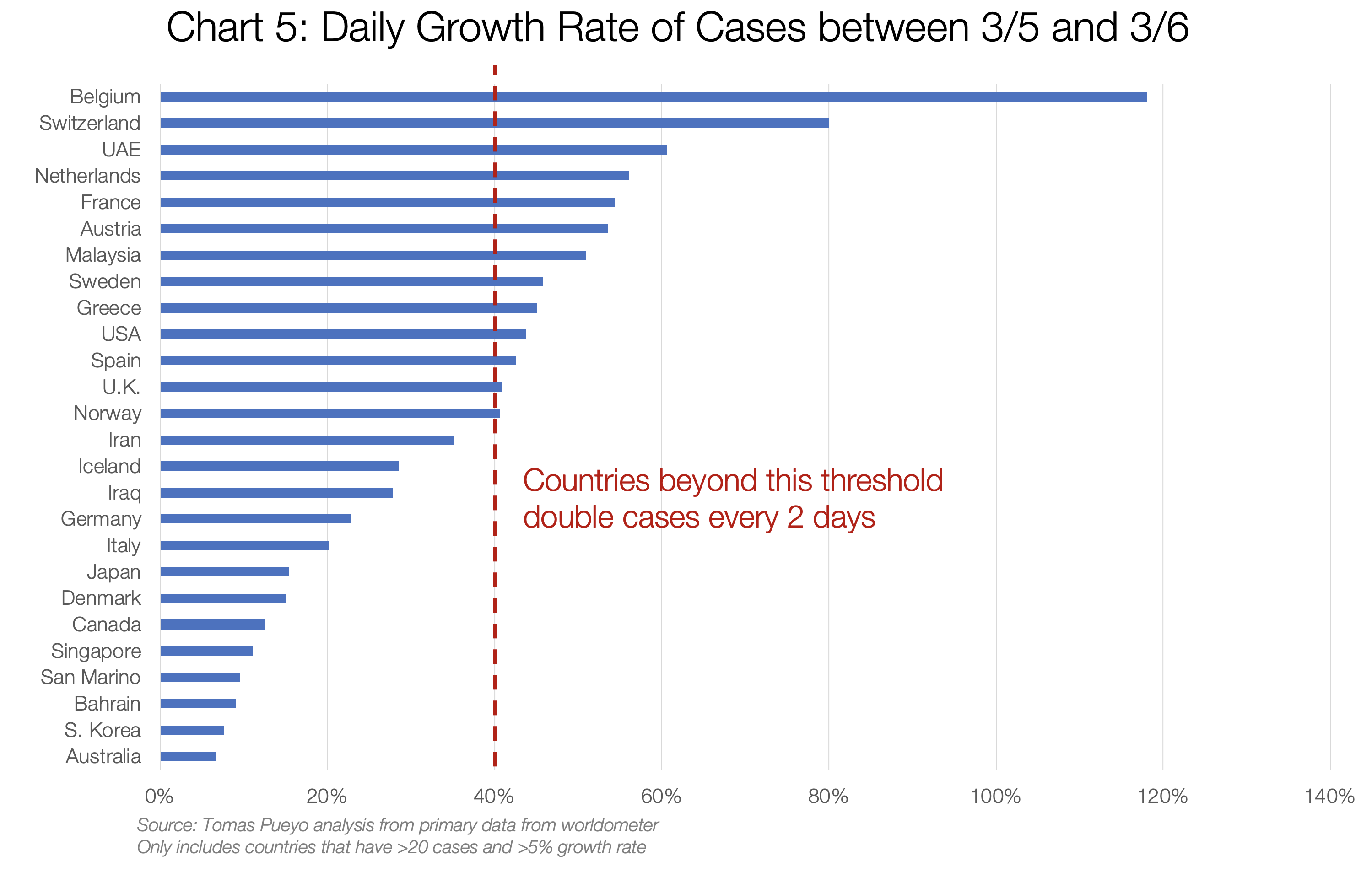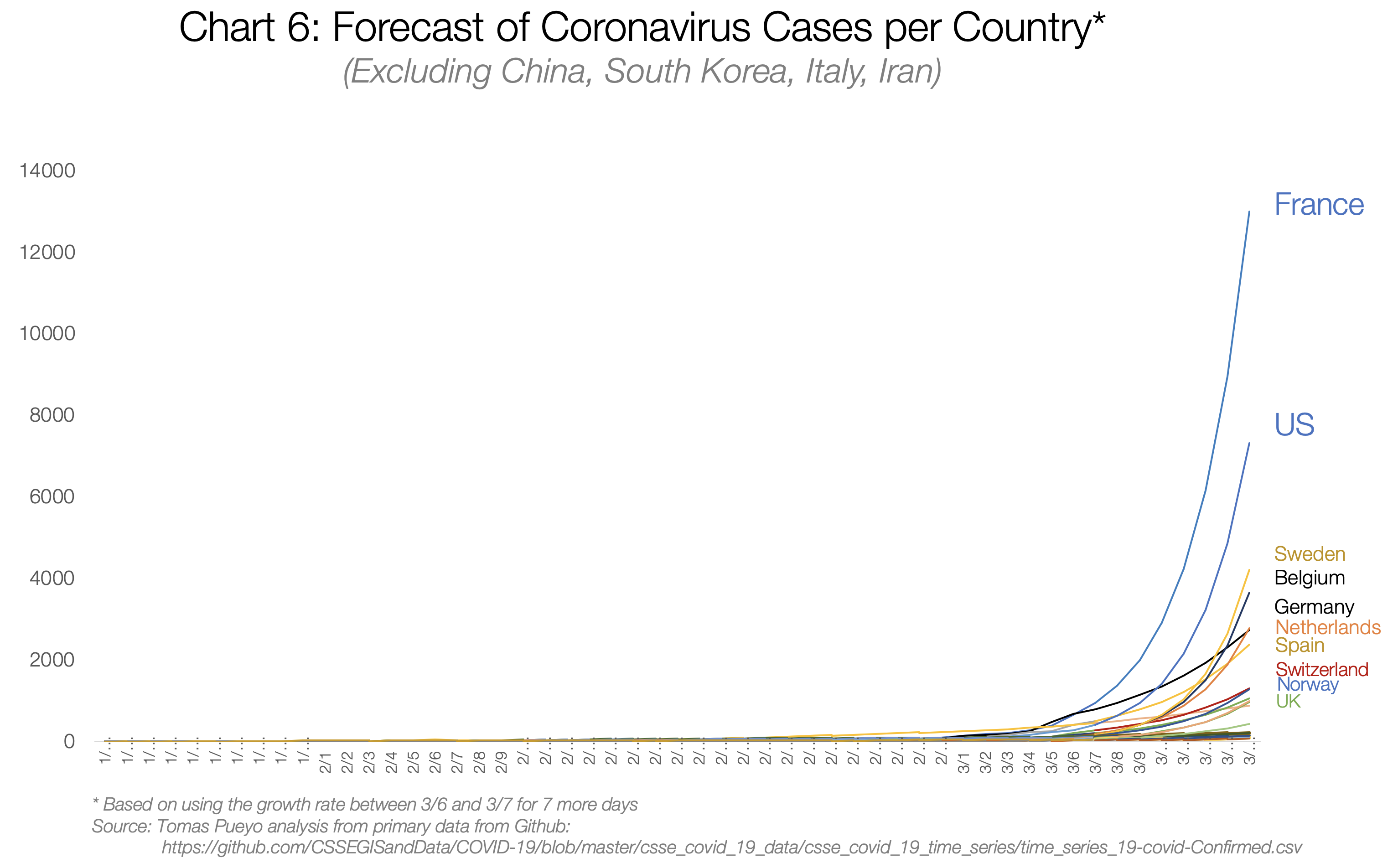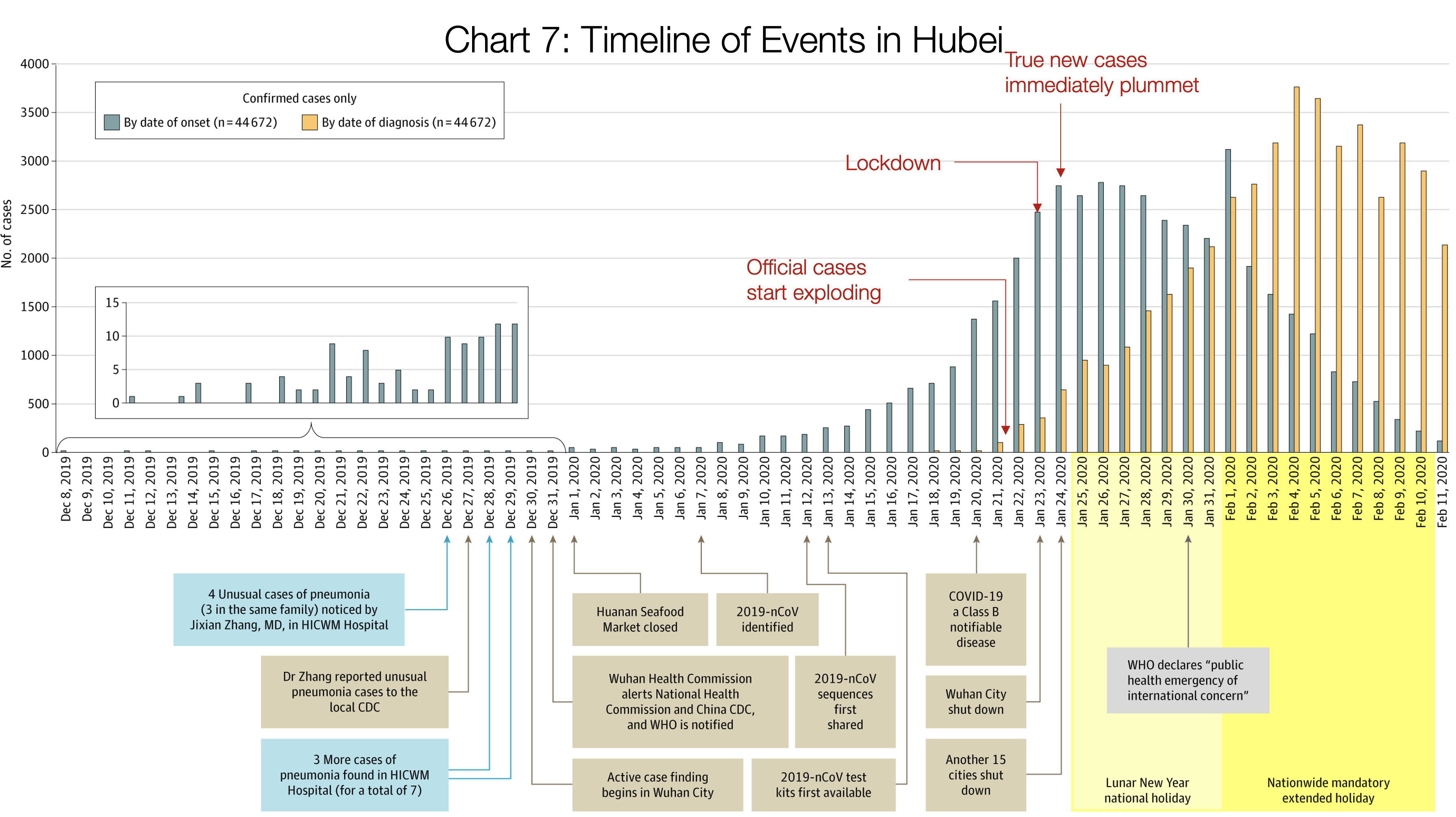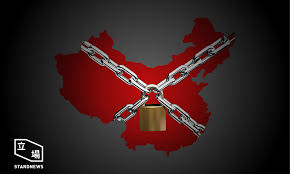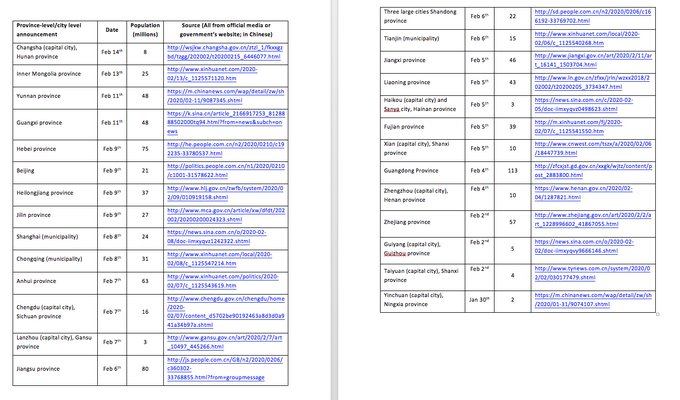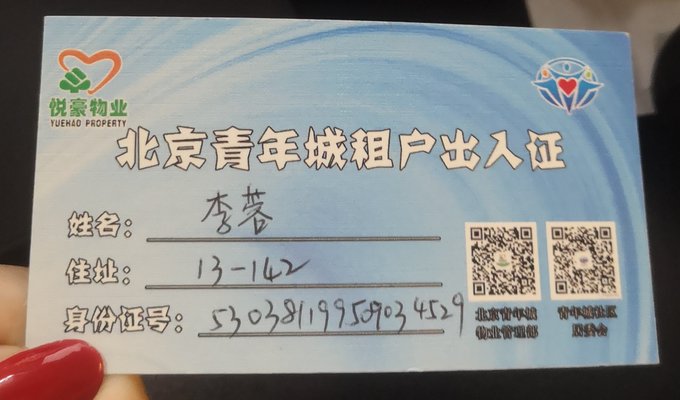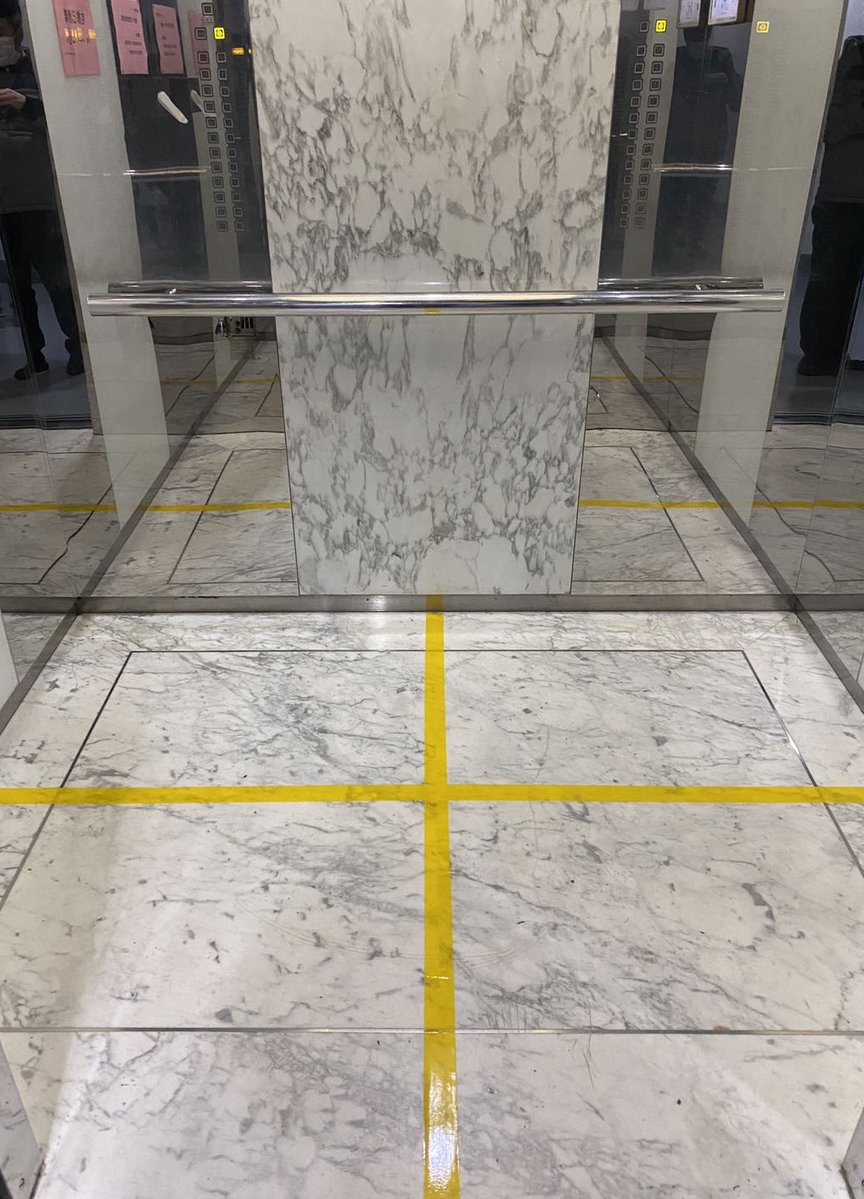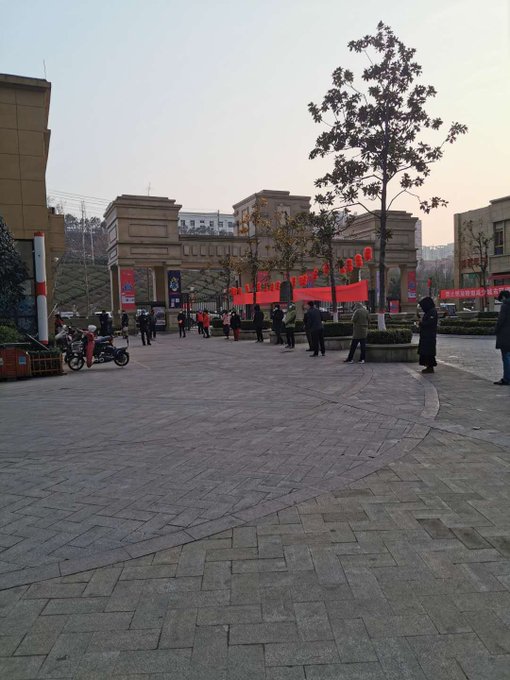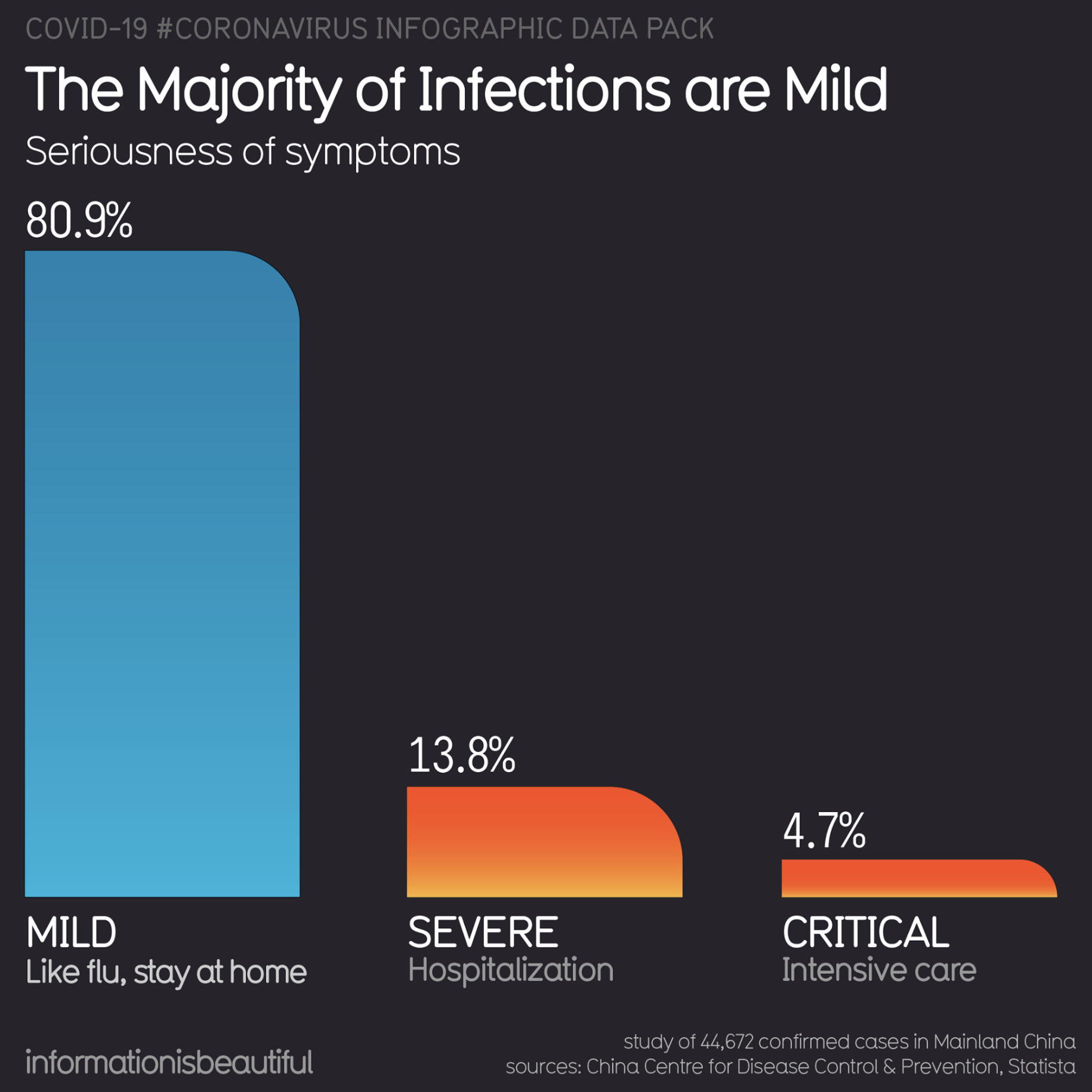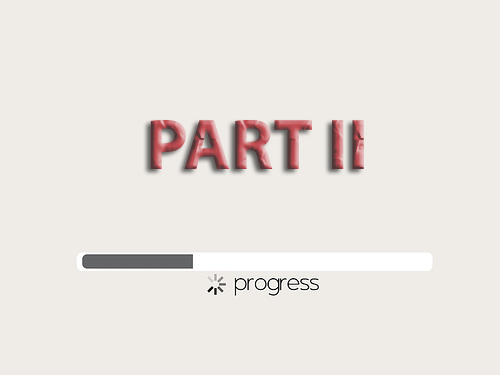In Part 1 I will provide an overview of the coronavirus, coming at us at an exponential speed, with the how and why healthcare systems are being overwhelmed.
In Part 2 we’ll look at how advanced analytics and artificial intelligence are being used to augment current efforts to track and prevent further infection. But there is a lot of AI hype, too.
Part 3 will be devoted to the politics of pandemics, how politicians are belatedly realizing that, as health systems buckle and deaths mount, they will have to weather the storm. We examine how America, despite its wealth and the excellence of its medical science, has squandered its chance to prepare for the pandemic, and how China’s president, Xi Jinping, celebrated a precipitous fall in cases with a victory lap in Wuhan.
In Part 4 the focus will be on our “socioeconomic design” principles (companies do profits; people do themselves). The rapid spread of COVID-19 imposed massive disruption on international travel networks, integrated economies and globalized supply chains. It highlights the risks that accompany the benefits we all enjoy from the free movement and connectivity we take for granted today, as well as the extraordinary degree to which Western countries now depend on China for critical commodities. And irony. The U.S. imports most of its surgical masks and more than 90 per cent of its pharmaceuticals from China.
What systemic risks will be magnified? Will early warning systems be changed? Early warning systems can be technological, such as systems that health systems already use to share anomalous illnesses globally. And what effect on supply chains, and scientific and medical research? Nicolas Granatino and Julia Belluz (among others) have begun analysing all of this.
And in Part 5, conclusions and the long view. Taking a tip from media mate Patrick Wyman who creates marvellous history podcasts, thinking about the end of the Roman Empire and what it must have felt like to live through that, in all its various manifestations – the collapse of political authority, spreading pandemics, economic crises – today’s societal meltdown-on-so-many-levels makes a lot more sense. I’ll include some bits and pieces from Exponential View, the brilliant newsletter published each weekend (with mid-week supplements) by Azeem Azhar, one of those chaps who bridges the gap between two cultures – that of technology on one end, and humanities on the other – to provide a holistic understanding of our near future.
11 March 2020 (Malta) – Over the last several days social media chatter, the Main Street Media … and pretty much everybody else … seems to have adopted a simple mantra:
• The coronavirus is coming to you.
• It’s coming at an exponential speed: gradually, and then suddenly.
• It’s a matter of days. Maybe a week or two.
• When it does, your healthcare system will be overwhelmed.
• Your fellow citizens will be treated in the hallways.
• Exhausted healthcare workers will break down. Some will die.
• They will have to decide which patient gets the oxygen and which one dies.
• The only way to prevent this is social distancing today. Not tomorrow. Today.
• That means keeping as many people home as possible, starting now.
There have been a number of people and entities doing a “Big Picture” view on all of this, coming to grips with it via avenues they employ on other matters, such as using Big Data and AI to understand big global problems, plus “taking the long-view” research on social and natural science. People like Nicholas Christakis (Sterling Professor of Science at Yale), Max Roser (founder of Our World In Data at the University of Oxford), Tomas Pueyo at World-o-Meters Data, the team at Canadian health startup BlueDot (which made headlines when it was revealed that it had warned of the coronavirus outbreak almost a week before the CDC or WHO), and Barbara Han, a disease ecologist at the Cary Institute.
And what of the changes to come in our “socioeconomic design” principles (companies do profits; people, themselves). What systemic risks will be magnified? Will early warning systems be changed? Early warning systems can be technological, such as systems that health systems already use to share anomalous illnesses globally. And what effect on supply chains, and scientific and medical research? Nicolas Granatino, Helen Branswell, Julia Belluz and Balaji Srinivasan (among others) have begun analysing all of this.
This three-part series will be a mash-up of their work, plus a few others: a culmination of my 4-day self-isolation reading spree and webinar regimen, surviving on chocolate and Prosecco (my regular readers will understand the reference).
The total number of cases grew exponentially until China contained it. But by then it leaked outside, and now it’s a pandemic that nobody can stop.
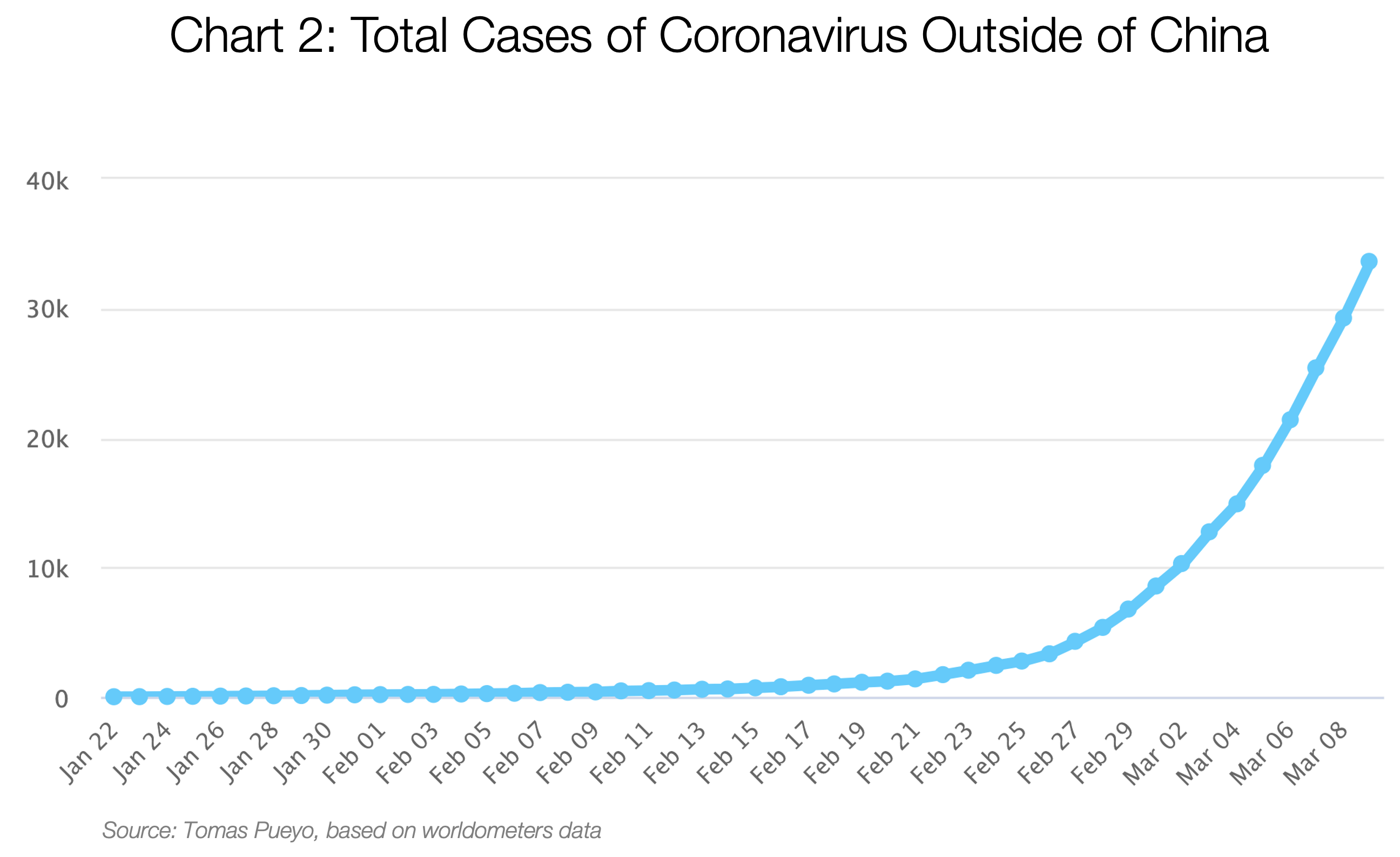 As of today, this is mostly due to Italy, Iran and South Korea:
As of today, this is mostly due to Italy, Iran and South Korea:
There are dozens of countries with exponential growth rates. As of today, most of them are Western:
If you keep up with that type of growth rate for just a week, this is what you get:
If you want to understand what will happen, or how to prevent it, you need to look at the cases that have already gone through this: China, Eastern countries with SARS experience, and Italy. The following is one of the most important charts:
• It shows in orange histograms the daily official number of cases in the Hubei province: How many people were diagnosed that day.
• The grey histograms show the true daily coronavirus cases. Crucially, these weren’t known at the time. We can only figure them out looking backwards.
• What this means is that the orange histograms show you what authorities knew, and the grey ones what was really happening.
I will come back to this later.
The Chinese social nuclear weapon
If we want to understand how powerful an opponent COVID-19 is, let’s take a look what has been required to stop it in China. The Chinese government has essentially used a social nuclear weapon in its efforts. Let’s talk about this, to understand what the U.S. is facing … and why it cannot employ the same methods.
The Chinese have had the most COVID19 cases so far, but the number of new cases has dropped from 100’s per day a month ago to ~46 per day now — in a country of 1.4B people. This is an astonishing achievement from a public health point of view. And to confirm this I am relying on the data put out on the World Heath Organization Coronavirus-2019 Situation Reports.
We can get a sense of how strong something is by getting a sense of what sort of force is required to stop it, to borrow a Newtonian physics metaphor. COVID-19 requires a powerful force to stop. This is clear from the Chinese response. And, yes, as Nicholas Christakis has noted:
Of course, China has a collectivist culture and an authoritarian government, both of which have allowed this enormous, widespread response. It is well suited to fight a pandemic, if it indeed takes in factual information and responds rationally.
It evokes Chernobyl. More important, Christakis, ably assisted by some Chinese students in his lab, has quantified what the Chinese government has been able to achieve. Beginning 23 January, they imposed movement restrictions (typically with people staying at home, leaving just once a week) on provinces with >930M people. The imposition of such public health measures on such a scale for such a duration has never been seen before. His team painstakingly went through and collected links to the websites for many of the provinces into which China is divided, indicating what the rules for movement, imposed on 930M people, have been. Just one snapshot of that work:
Most Chinese cities are still implementing these types of quarantine at the community-level, now over *six weeks* in, depending on the severity level of the situation in their cities. This is called “closed-off management” by the government and media. Common features of “closed-off management” include:
• movement of people and vehicles is checked with an exit-entrance permit
• body temperature at entrance of community is checked
• disinfection of vehicles
• food delivery (permits for only one person per household to go out)
Some team members in Christakis’ group contacted family members back in China who sent them licenses for personal travel in China, being used by many millions of people, which look like this, some of them having a slogan “It is everyone’s responsibility to fight the virus” :
A few other facts assembled by the Christakis team:
• In many cities, workers have been organized on a vast scale to deliver food to homes; residents can only go out to shop if they have a permit, and shops are open at limited times. In Chongqing, for example, only one person per household can go out shopping, only occasionally.
• Schools have moved online. Jokes circulate: Parents complain to upstairs neighbors: “Could you please have your kids stop jumping? It is too noisy and our kids are taking an online math class now.” The neighbors reply: “Oh sorry! But my kids are taking a sports class now.”
• As a result, the Chinese have dropped the Re (the Effective Reproductive Rate) of COVID19 from ~3.8 new cases per extant case to ~0.32. When this number is below 1.0, the epidemic extinguishes (at least it will, for a while, within China). For data backup on this point click here.
The Chinese government is slowly beginning to lift restrictions, but it is continuing to implement many quite inventive procedures, on a large scale. For instance, elevators in a Beijing building only allow four people at a time, as marked by tape on the floor:
The sign in the elevator says: “No more than four people in the elevator. Please be patient and wait for the next elevator.” Below, it says “Let’s unite together to fight the virus in this special period.” This type of collectivist slogan is very common throughout China now.
Another example of social distancing, widely employed in China. Shoppers, when they are allowed out, wait in a line, 1.5m away from each other, before entering grocery store:
As noted at the beginning, China has a collectivist culture and an authoritarian government, so its success fighting COVID-19, while deeply impressive, will not be easy to reproduce elsewhere. Culturally the U.S. cannot do that. But it must prepare to combat the virus using tools at its disposal. And that will not be easy. It does not even have a healthcare safety net for all of its citizens.
American “healthcare”
Most Americans still believe that they have the best health-care system in the world. But despite the United States being the richest country in the world, World Health Organization reports continually rank the U.S. health-care system at abysmal numbers when it comes to overall healthcare (42 out of 191 countries analysed in 2019), with even lower numbers in specific areas such as life expectancy, maternal mortality, infant mortality, and mortality before the age of 5. Rank for “fairness” in the health-care system is even worse. Although it does rank first in one area: total amount of money spent per capita and percentage of gross domestic product spent on health care.
The U.S. is a perfect society for a Covid-19 meltdown. Not a panic. A meltdown. As I noted above, China was able to contain and address this. Others, and especially the U.S., will not and for this part I shall cede the floor to good friend Nick White who outlines the reasons why:
• American society is loosely held together. There is barely a “common good” mentality. That’s “socialist”. During Storm Jonas in New York in 2016 I witnessed what a break down in law and order looks like close up and a state of emergency. That ugly underbelly that is just below the surface. Covid-19 could be much bigger.
• The US health system is not designed to support America during a crisis. It’s designed to make money and support Americans who can afford to pay.
• Many Americans cannot get access to or afford medical care, so COVID-19 will not be diagnosed or treated.
• Many Americans cannot afford to self-isolate in the interest of other Americans. Some who can will also not self-isolate because the like their “freedom” and their ability to give their government the bird.
• Donald Trump. At a time when trusted and great leadership is needed America has the most incompetent buffoon of a leader in US history.
Pressure on the system
What is also important to evaluate is what will be the specific pressures on the healthcare system. Around 14% of cases require hospitalization, 5% of cases require the Intensive Care Unit (ICU), and around 1% require very intensive help, with items such as ventilators or ECMO (extra-corporeal oxygenation).
The problem is that items such as ventilators and ECMO can’t be produced or bought easily. A few years ago, the U.S. had a total of 250 ECMO machines, for example. So if you suddenly have 100,000 people infected, many of them will want to go get tested. Around 20,000 will require hospitalization, 5,000 will need the ICU, and 1,000 will need machines that we don’t have enough of today. And that’s just with 100,000 cases.
That is without taking into account issues such as masks. A country like the U.S. has only 1% of the masks it needs to cover the needs of its healthcare workers (12M N95, 30M surgical vs. 3.5B needed, this data pulled together by the American Hospital Association). If a lot of cases appear at once, there will be masks for only 2 weeks.
Countries like Japan, South Korea, Hong Kong or Singapore, as well as Chinese regions outside of Hubei, have been prepared and given the care that patients need. But the rest of Western countries are rather going in the direction of Hubei and Italy.
So what is happening there? Well, it is what an overwhelmed healthcare system looks like. The stories that happened in Hubei and those in Italy are starting to become eerily similar. Hubei built two hospitals in ten days, but even then, it was completely overwhelmed. More in Part 2 tomorrow.
Also in Part 2, we’ll look at the way Big Data and AI has been used to understand COVID-19, how researchers test models that can predict the spreading of disease. We’ll look at the algorithm created by the Canadian health startup BlueDot that made headlines when it was revealed that it had warned of the coronavirus outbreak almost a week before the CDC or WHO. It’s an impressive display of modeling. But once a disease has emerged, outbreak responders and public health officials are already behind the chains.



